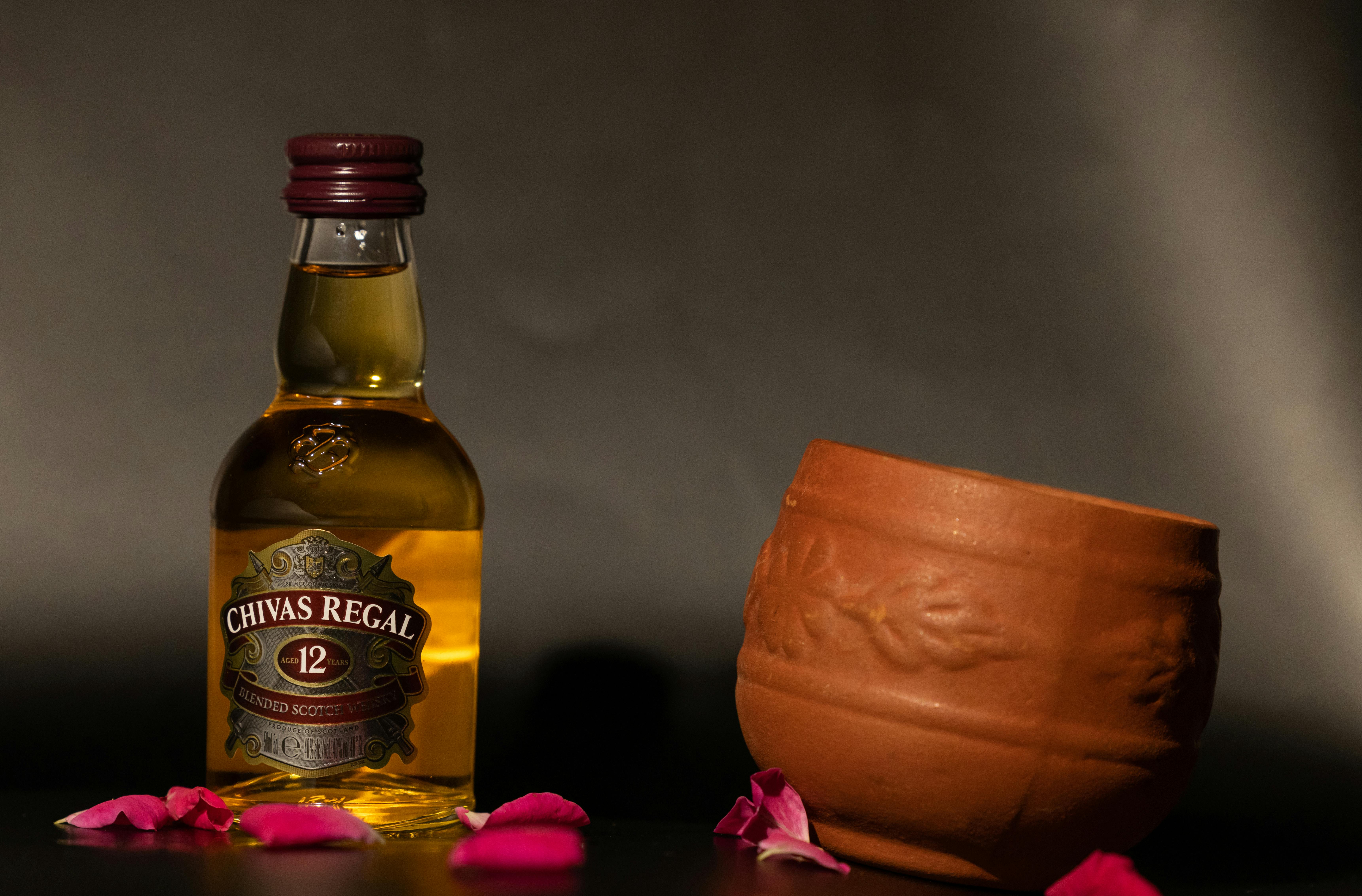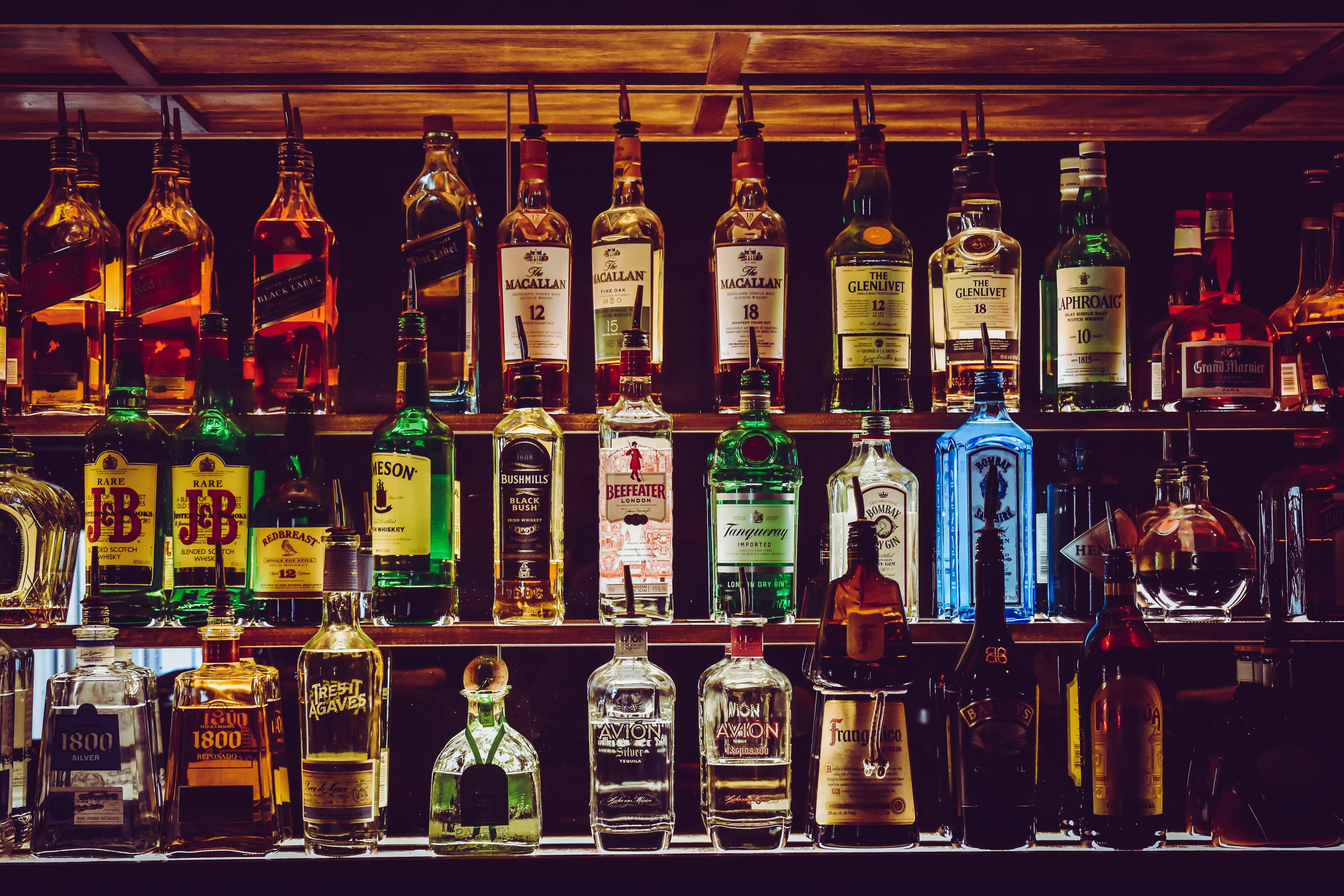Whiskey is a popular distilled alcoholic beverage enjoyed all over the world. It is made from fermented grain mash, which is then distilled to create a concentrated form of alcohol. The distillation process involves the separation of alcohol from water and other impurities in order to produce a drink that has a high alcohol content and distinct flavor. There are various methods of distilling whiskey, each resulting in a unique taste and quality. In this article, we will explore how whiskey is distilled and what makes it so special.Whiskey distillation is the process of taking a fermented grain mash and separating it into its various components using heat. During the distillation process, alcohol is concentrated and separated from other components such as water, oils, and flavorings. The end product is a higher-proof spirit that can be aged in oak barrels to create whiskey.
The Process of Whiskey Distillation
Whiskey distillation is a complex and meticulous process that takes time, skill, and patience to perfect. The process starts with the selection of grains typically malted barley, corn, rye, or wheat; each grain will provide a unique flavor profile to the whiskey. The grains are then mashed which is the process of breaking down the grains into simple sugars before fermentation. After mashing, fermentation takes place by adding yeast to convert the sugars into alcohol.
Once fermentation is complete, the wash or beer is created. This wash will be distilled in either a pot still or a column still depending on the style of whiskey being made. During distillation, all of the different components in the wash are separated through heating and evaporation. This separates out any impurities from flavor compounds that will give the whiskey its unique flavor profile.
The next step is known as maturation or aging where the whiskey is aged in oak barrels for a predetermined length of time. This helps to mellow out any harsh flavors and allows for complexity to develop in the whiskey as it ages over time. Finally, once maturation is complete, any additional blending
Different Types of Whiskey Distillation
Whiskey distillation is a form of alcohol production that has been around for centuries. It is the process of converting grain such as barley, wheat, or rye into a distilled alcoholic beverage. It is typically made in an oak barrel and left to age for several years before it is ready to be consumed. There are several different types of whiskey distillation methods, each with their own unique flavor profiles and characteristics.
The most common type of whiskey distillation is pot stilling. This method uses copper pots to heat the mash and separate the solids from the liquid. After this process, the liquid is then distilled further in a copper still to remove any impurities and concentrate the flavor. Pot stilling produces a rich, flavorful whiskey that can range from light and floral to bold and robust.
Another form of whiskey distillation is column stilling. This method involves multiple columns filled with copper plates that are used to separate the solids from the liquid mash. The liquid is then heated until it vaporizes and passes through each plate in order to be condensed at the end of the process. Column stills produce a lighter-
The Benefits of Whiskey Distillation
Whiskey distillation is the process of separating and concentrating the alcohol in a fermented liquid. This process is used to make whiskey, gin, rum, brandy, and other distilled spirits. Distilling whiskey has many advantages for both producers and consumers. It produces a higher quality product with better flavor and aroma than un-distilled spirits. Additionally, it increases shelf life and allows products to be stored for longer periods of time.
One of the major benefits of distilling whiskey is that it increases the alcoholic content. Fermented liquids usually have an alcohol content between 4-12%. After distillation, this can be increased to up to 75-90%. This means that distilling whisky creates a stronger spirit with a much higher proof than un-distilled spirits. This makes it easier to create cocktails with a higher alcohol content without having to add additional spirits or liqueurs.
Distilling whiskey also improves its flavor and aroma profile. During fermentation, yeast produces various flavors which can give whiskey a unique flavor profile. However, during distillation these flavors are filtered out, allowing for more control over the
The Equipment Used in Whiskey Distillation
Whiskey distillation is a complex process, involving the use of several pieces of equipment. To produce high-quality whiskey, the distiller must have a reliable and efficient system of equipment. This equipment includes the stills, mash tuns, fermenters, cooling systems, and tanks.
The stills are the primary pieces of equipment used in whiskey distillation. They are designed to boil the fermented mash and evaporate the alcohol vapors from it, leaving behind a liquid known as “low wines”. The stills come in several shapes and sizes depending on what type of whiskey is being produced.
Mash tuns are used to mix grains with hot water to create a porridge-like substance known as “mash”. This mash is then fermented in fermenters for several days before being distilled in the stills. Cooling systems are used to cool down the liquid from the still before it is put into tanks for aging or bottling.
Tanks are also used in whiskey distillation to store and age the whiskey before it is bottled. The tanks come in

How to Choose the Right Type of Whiskey Distillation
Choosing the right type of whiskey distillation is an important decision for those who are interested in enjoying a fine whiskey. With so many varieties available, it can be difficult to determine which type best suits your needs. There are several factors to consider when selecting a whiskey distillation, such as the taste profile, type of grain used, and the regions in which the whiskey is produced.
Taste profile is one of the most important factors to consider when selecting a whiskey distillation. Different types of whiskeys have different flavor profiles based on their ingredients and method of production. For example, Scotch whisky has a smoky flavor while Irish whisky tends to be more light and fruity. The type of grain used in production also helps determine the flavor profile, with rye and barley providing a spicier taste than corn or wheat.
The region where the whiskey is produced can also influence its flavor profile. American whiskeys tend to be sweeter and smoother than their European counterparts due to the grains used in production and aging methods employed by producers. Scotch whisky from Scotland
What Is Needed to Start a Whiskey Distillery?
Starting a whiskey distillery requires a great deal of planning and preparation. The first step is to research the local laws and regulations related to the production of alcohol and determine what permits, licenses, and other paperwork are required. It is also important to find out how much it will cost to set up the distillery and what the local taxes are on alcohol production.
Once all of the necessary paperwork is in order, it is time to purchase the equipment needed for whiskey production. Depending on the size of the operation, this may include stills, mash tuns, fermenters, barrels, bottling equipment, and more. Additionally, there may be other items such as labeling machines and storage containers that are needed.
Next comes finding suppliers for ingredients such as grains, yeast, water, and other additives that are used in whiskey production. It is important to make sure that these suppliers can provide ingredients that meet quality standards and can be delivered in a timely manner. The distillery should also have an adequate supply of bottles or cans for packaging their products.
Finally, it is important to hire experienced
The History of Whiskey Distilling
Whiskey distilling has a long and colorful history. It is believed to have originated in Scotland and Ireland in the late 1400s and early 1500s, when malt was used to make beer and whisky was distilled from it. The first recorded mention of whisky distillation in Scotland is from 1494, when a friar named John Cor was granted permission to build a still near the River Forth. From then on, whisky distillation became an important part of the Scottish economy.
Whisky production soon spread to other parts of Europe, with the Dutch, French and Germans all taking part in the process. In 1608, Sir Thomas Phillips established the first legal distillery in Ireland, which is still producing whiskey today. Whisky production also spread to America during the colonial period and continues to be an important part of the economy there as well.
Whisky distilling has evolved over time and now includes a variety of techniques such as pot stills, column stills, malting processes and maturation methods. Different regions around the world have developed their own unique styles of whiskey production, resulting in a wide range of flavors and arom

Conclusion
Whiskey is a complex and fascinating drink that has been enjoyed for centuries. The process of whiskey distillation is an art form, with many different ways to produce the final product. Distilling whiskey requires a combination of knowledge and skill, as well as patience and precision. The process begins with malting the grain in order to convert the starches into fermentable sugars. The mash is then fermented, distilled, aged and bottled according to the producer’s specific method. At each stage of the process, various factors such as temperature, time and ingredients affect the flavor profile of the whiskey. Producing a high-quality whiskey requires expertise and passion from all involved in its creation from start to finish.
In conclusion, whiskey distillation is an intricate process that has been honed over centuries by master producers around the world. It requires an understanding of all aspects of production in order to create a unique flavor profile and quality product. The result is a delicious beverage that can be enjoyed by whiskey aficionados around the world.

